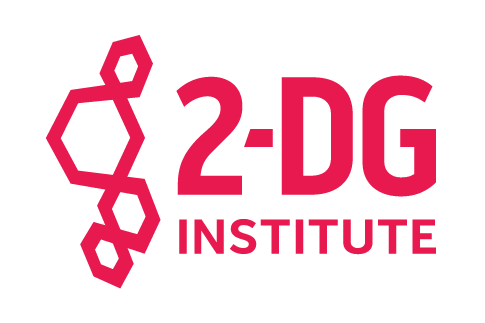New Study Shows That Combining 2-DG and Fenofibrate Kills a Wide Variety of Cancers
May 10, 2016, Miami, FL :: Dr. Theodore J. Lampidis, Professor of Cell Biology at the University of Miami Miller School of Medicine, today announced a major breakthrough that paves the way for a viable non-toxic treatment of a wide variety of cancers.
Dr. Lampidis is a pioneer in the exploration of glucose metabolism in cancer cells and the discovery of how to exploit this process by using simple sugars such as 2-Deoxy-D-glucose (2-DG). 2-DG has been found to inhibit glycolysis, which the most malignant cancer cells found in the inner core of all solid cancers rely on to survive. It is these cells that by nature of their slow growth are resistant to conventional cancer treatments such as radiation and chemotherapy, which are limited to attacking the rapidly dividing cells located in the outer part of a tumor.
Although a Phase 1 clinical trial proved that this strategy using 2-DG was successful, the toxic side-effects of chemotherapy remained an issue. However, this latest study, published today in Oncotarget, shows that by combining 2-DG with fenofibrate, a compound that has been safely used in humans for over 40 years to lower cholesterol and triglycerides, the entire tumor can effectively be targeted without the use of toxic chemotherapy.
“We found that the unique combination of 2-DG and fenofibrate simultaneously provokes two types of stress, known as energy and ER stress, which most of the cancer types tested cannot overcome,” according to Dr. Lampidis.
Due to uncontrolled growth and to the abnormal micro-environment in which cancer cells exist, they are under more stress than normal healthy cells. Thus, in addition to 2-DG taking advantage of the universal cancer trait of increased glucose uptake, adding fenofibrate effectively exploits a second common feature of cancers: increased stress.
Dr. Lampidis concludes: “We believe our findings effectively pave the way for using this combination to provide non-toxic treatments for a wide variety of cancers.”
Full article published here: http://www.genengnews.com/gen-news-highlights/non-toxic-method-for-treating-cancer-reportedly-developed/81252741
